COMMAND
|
FUNCTION
|
|
setup
|
Initialise the CCDs. Load user-defined setup from disk,
if requested. If not, prompt for
bin, window, speed and drift parameters.
|
|
bin
|
On-chip bin the CCDs. It will be possible to bin and window, with
all windows having the same binning factors.
The binning ranges from factors of 2-10 in x and y.
|
|
window
|
Window the CCDs. Load user-defined windows from disk,
if requested. If not, prompt for parameters. It will
be possible to window and bin. A maximum of 5 windows
will be allowed on each chip, but they must all lie in
the same positions on every CCD in ULTRACAM.
|
|
speed
|
Set the readout speed of the CCDs. The options will be
SLOW, STANDARD, FAST and
SETUP.
|
|
drift
|
Enable/disable drift mode, which stacks windows in the masked
region of the chip in order to increase time resolution.
|
|
run
|
Take an exposure/series of exposures and save to disk.
|
|
glance
|
Take an exposure/series of exposures without saving to disk.
|
|
keep
|
Save a glance exposure/series of exposures to disk.
|
|
movie
|
Continuous readout of array for alignment and acquisition
purposes.
|
|
pause
|
Pause an exposure/sequence of exposures.
|
|
continue
|
Resume a paused exposure/sequence of exposures.
|
|
finish
|
Terminate the exposure/sequence of exposures and save
to disk.
|
|
abort
|
Abort the exposure/sequence of exposures without
saving to disk.
|
|
newtime
|
Change the exposure time whilst observing.
|
|
newnum
|
Change the total number of exposures whilst observing.
|
|
headers
|
A utility which enables the main header items for
an exposure/sequence of exposures to be set.
|
